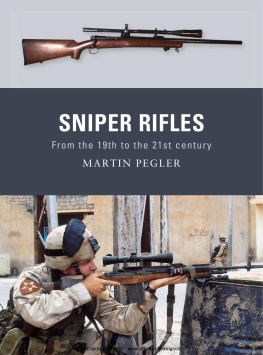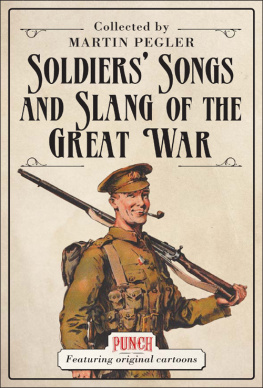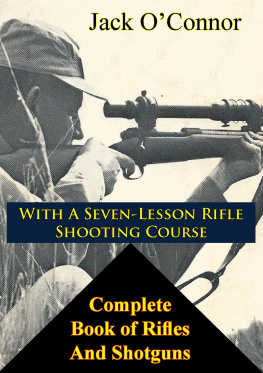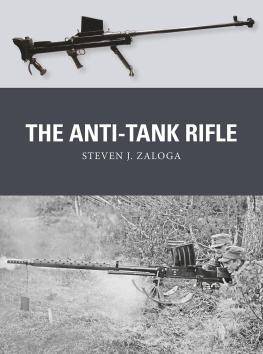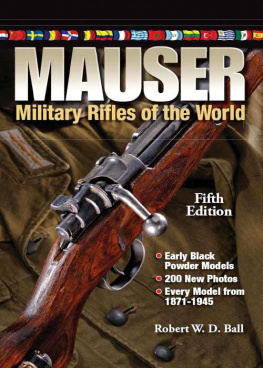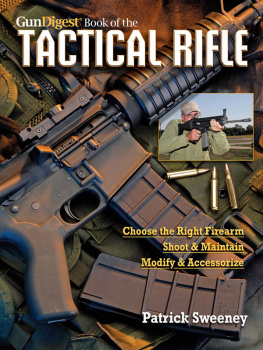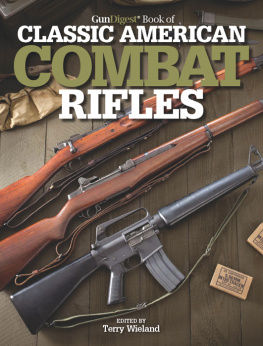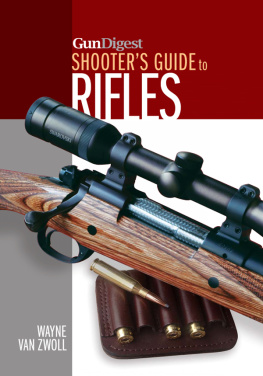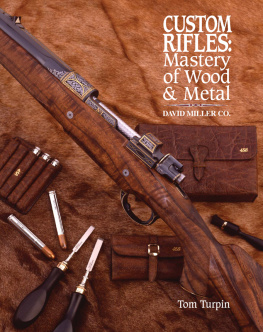INTRODUCTION
Blas as we all can be about technological advances, we tend to forget that the latest shiny gadgets that abound in our modern world would be pointless without the backup that enables them to work. The factors that enable these things to be used are inter-dependent on a complex range of other technologies, most of which are beyond both our comprehension and our control. On an everyday level, how useful is a mobile phone when the batteries run out and what can you do with a car that has no petrol? Far more complicated are the myriad support systems required to make much of our high-end technology function. As a military example, a standard heat-seeking missile requires special fuel, a dedicated warhead, computers that control the guidance system, gyroscopic stabilizing and an on-board self-destruct mechanism. Without all of these, the rocket is simply a scrap-bin of very expensive parts heading into the blue yonder.
Even the sciences that have brought us that most commonplace of military hardware, the firearm, are wholly dependent on external factors that many shooters do not understand. The steel used must be of the correct grade, the barrel must be bored perfectly straight and sights properly aligned. The ammunition has to be consistently manufactured, with reliable primers, high-quality powder and bullets that are identical in weight and shape, and with ballistic properties that exactly match the requirements of the weapon. Failure to adhere to each and every one of these criteria will result in a gun that shoots high or low, misses the target completely or has a point of impact that differs with every shot. These results are not what the shooter demands or expects, particularly when the man behind the trigger is a combat soldier and his life depends on the reliability and accuracy of his small arms.
Certainly, some technical variances must be accepted where massproduced weapons systems are concerned, otherwise the cost of equipping an army would be utterly prohibitive. So a modern infantry rifle is expected to be accurate, but only within the accepted parameters of its intended purpose. The average soldier will not be shooting his smallcalibre assault rifle at a target 1,000yds (923m) distant, but he will be required to hit a man-sized target with every shot at perhaps 300yds (274m). Thus his weapon will be designed to achieve that but little more, because more always equates to cost.
Dependable, consistent performance is doubly relevant where snipers are concerned. A sniper needs equipment that will always function reliably in extremes of heat, cold and wet, and when he is required to shoot, his rifle must work instantly and with perfect precision. It must therefore be more than just the sum of a number of factory-assembled, mass-produced parts and the care that is put into ensuring everything works, every time, naturally results in a weapon that is accurate, utterly reliable and very expensive.
For centuries the common soldier was not considered an individual, but a beast of burden who was expected to obey orders without question, fire his musket when and where ordered and who was equipped with the most basic of almost everything that the government could get away with supplying. It was not after all, until World War I that a British private soldier was actually taught to estimate range and fire at the enemy without being commanded to. Ironically, it was as a result of that conflict that the sniper began his almost glacially slow ascent from being regarded as little more than a paid assassin (a soubriquet to which they quite rightly took exception) to becoming the most highly trained and valuable of modern battlefield specialists. Where their weapons were concerned, until no more than 40 years ago it was considered perfectly acceptable for a sniper to be issued with nothing more than a standard infantry rifle onto which would be fitted a disparate mix of mounting systems and commercial optical sights, none of which were ever specifically designed for military use.
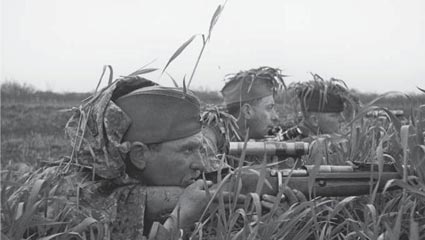
Camouflaged Russian snipers on the Eastern Front inWorld War II. ( The Dmitri Baltermants Collection/Corbis)
Indeed, until the 20th century the mere thought of issuing anything other than a standard military rifle to the common soldier would have had senior army officers apoplectic with indignation. Even well into the 1970s, the rationale for the existence of snipers was being seriously questioned in the British Army. They were, after all, expensive to train and generally mistrusted. Fortunately, military thinking has advanced beyond all recognition since then, in part because of the speed with which manufacturing technology has been producing extremely useful hardware. Governments can no longer ignore the inexorable march of progress, and in the 21st century armies now accept it as quite reasonable to equip a soldier with a 5,000 rifle.
But how did the musket with its 80yd (73m) range become the 1,000yd (914m) rifle, and what were the forces that drove the inventors, scientists and manufacturers to keep taking those hundreds of incremental steps forwards in the pursuit of perfection? To begin to understand the reasons, we must go back to a time where the longarm was a rarity and the concept of accuracy just a dream.
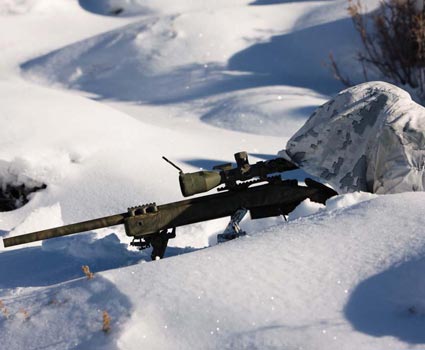
A US Marine scout/sniper, dressed in overwhites for winter camouflage, prepares to fire his M40A3 bolt-action rifle. (Corbis)
THE PURSUIT OF ACCURACY
The history of the firearm is both convoluted and incomplete. No-one knows from where exactly the first guns emerged, or when. The early handgonnes or hand-cannon, as they were called, were pot-shaped devices that fired large arrows, but they did not appear in a hand-held form in Europe until perhaps the last quarter of the 14th century. Initially these handgonnes were too heavy to fire without some form of support, but gradually they became more portable and the barrels longer and slimmer. Almost all were ignited using a burning match-cord, hence their generic name of matchlock, and gradually they became known as arquebuses. Although slow to load, their heavy 1in lead balls were deadly, delivering considerable penetrative power. Accuracy was not a prerequisite, though, with 40yds (37m) being near-maximum range for hitting a man-sized target, whereas an archer could bring down a horse at 300yds (274m) and hit a man at 100yds (91m). Moreover, a good bowman could draw and loose his arrows as fast as he could reach them, perhaps having three or four in the air simultaneously. But this skill took many years of training to master, whereas the handgonne was simple to learn, deadly at close ranges and in the early years of its use, quite terrifying to men and horses alike on the battlefield.
The blacksmiths and gunmakers who constructed these early firearms were soon looking hard at how they could improve them. The first major advance was the introduction of a mechanical lock, doing away with the simple but unreliable matchlock system. It took some experimentation, with a few false starts, but by the start of the 17th century the flintlock system had arrived, and it was to be the mainstay of armies throughout the world for over 200 years. However, while improving the method of igniting your charge was a laudable advance, it did nothing to improve the two elements that in the minds of shooters were vital for advancing the science of shooting, namely improving both accuracy and range.

